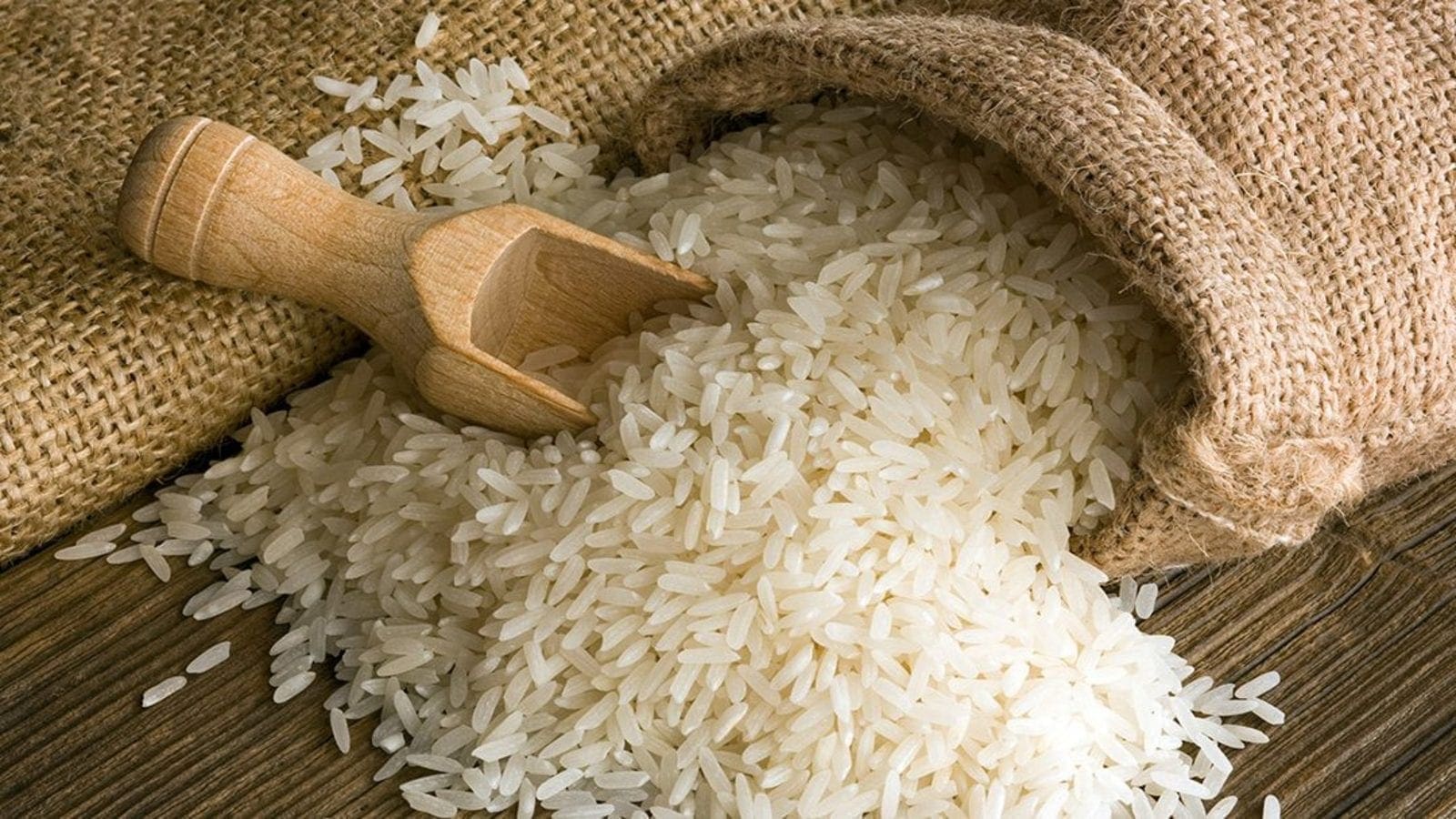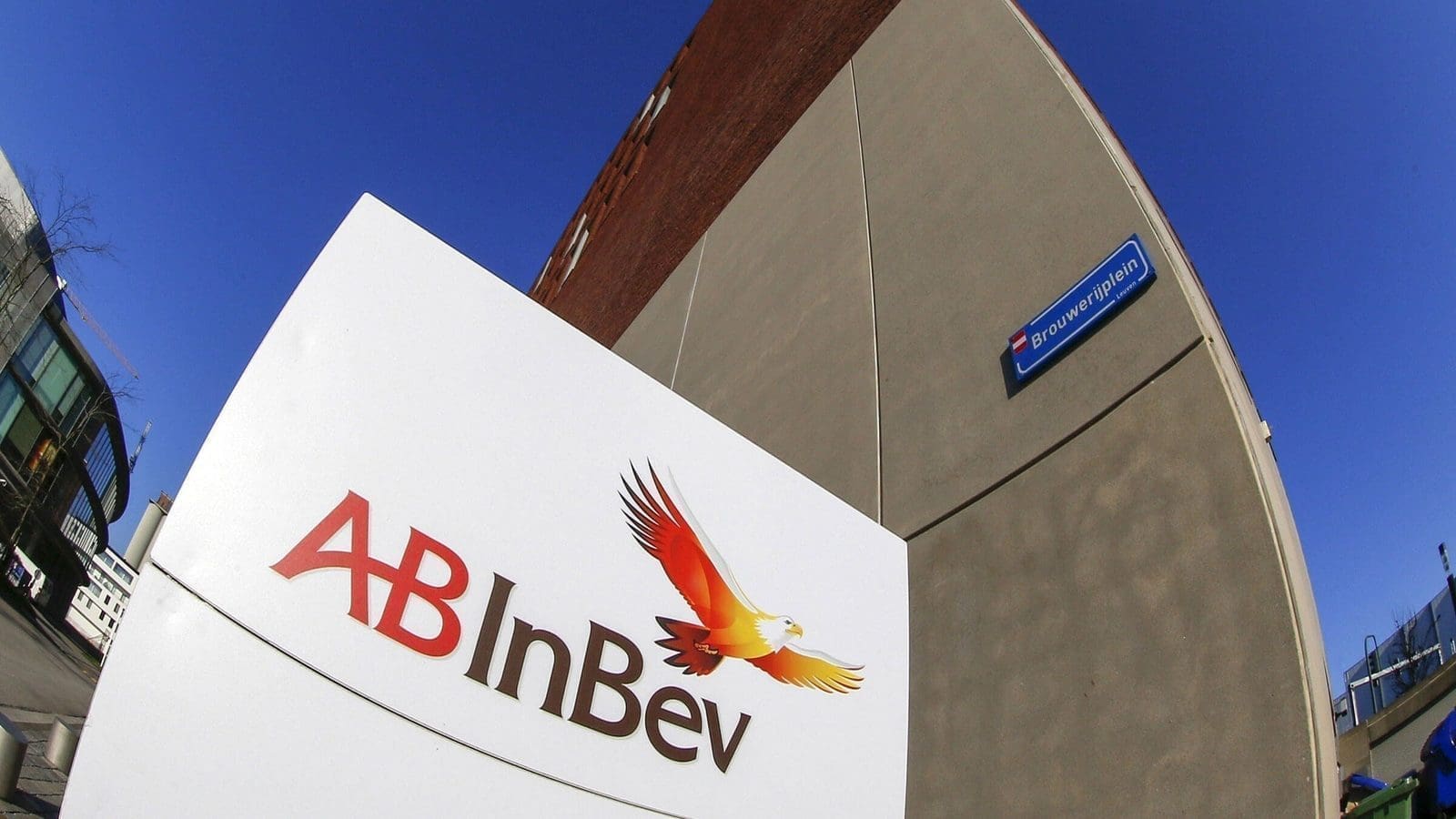KENYA – The Lake Basin Development Authority of Kenya has purchased a new rice milling equipment for the Lake Basin Rice Mill in Kisumu County in a move to boost production of the crop in the Western region.
The new equipment worth Ksh 65 million (US$588,000) will be installed at the Kibos Factory is aimed to end the dependence on the old and inefficient machine that has been in use since the early 90’s.
Due to aging, the old machine’s capacity had stalled output from 3 to 1.1 tonnes per hour raising the production costs. This has since crippled its ability to process the bulk of the paddy harvested in the area, reports Kenya News Agency.
The players have expressed optimism in the newly acquired miller that is expected to bring down the cost of production and paddy processing, while improving the quality of the products and make them more competitive in the market.
LBDA Chairman Odoyo Owidi lauded the milestone saying it would contribute to the sustainability of rice agribusiness, poverty alleviation and realisation of food security in Kenya.
He disclosed that the installation of the miller had kicked off and would be unveiled in under two months to serve the communities around the Lake Region Economic Bloc.
The machine that has a crushing capacity of 4 tonnes per hour will drastically increase the production rate in the region and farmers are upbeat to find a ready market for their produce to boost their income.
LBDA obtains paddy from thousands of farmers from Busia, Migori, Homa Bay, and Kisumu Counties.
The rice mill produces grade one and two Pishori and Sindano rice varieties. Other by-products are bran meal, chicken feeds and husks sold through established distributors to schools, colleges, prisons and supermarkets.
It also does third party milling for individual growers and institutions like the National Cereals Produce Board, the Kenya National Trading Corporation, Kodiaga and Kibos prisons.
Kisumu County government has also put up a spirited effort to rev up the sector by allocating Ksh30 million to procure a new rice mill.
With these interventions, the region would collect over 24,000 tonnes of paddy for milling every year.
To further boost rice production in the country, the Kenya Agricultural and Livestock Research Organisation (KALRO) has introduced a new rice variety that has desirable attributes to both consumers and producers.
The new variety known as Komboka was established in partnership with International Rice Research Institute (IRRI) after years of collaborative research, indicated KALRO in a social media post.
Being an improved innovation, the variety is said to more than double rice production, yielding 6.5 to 7.0 tons per ha in comparison to Basmati rice with 2.5 to 3 tons per ha.
In addition, Komboka is sustainably grown as it requires less water making it suitable for both irrigated and rain fed lowland ecologies.
To this end, it can be grown in different parts of the country such as Busia, Ahero, Mwea, Taveta, Kilifi, Kwale, Bura, Hola, Bunyala, West Kano, Lower Kuja, Busia, Alupe and any other rice growing area in Kenya.
Liked this article? Subscribe to Food Business Africa News, our regular email newsletters with the latest news insights from Africa and the World’s food and agro industry. SUBSCRIBE HERE











